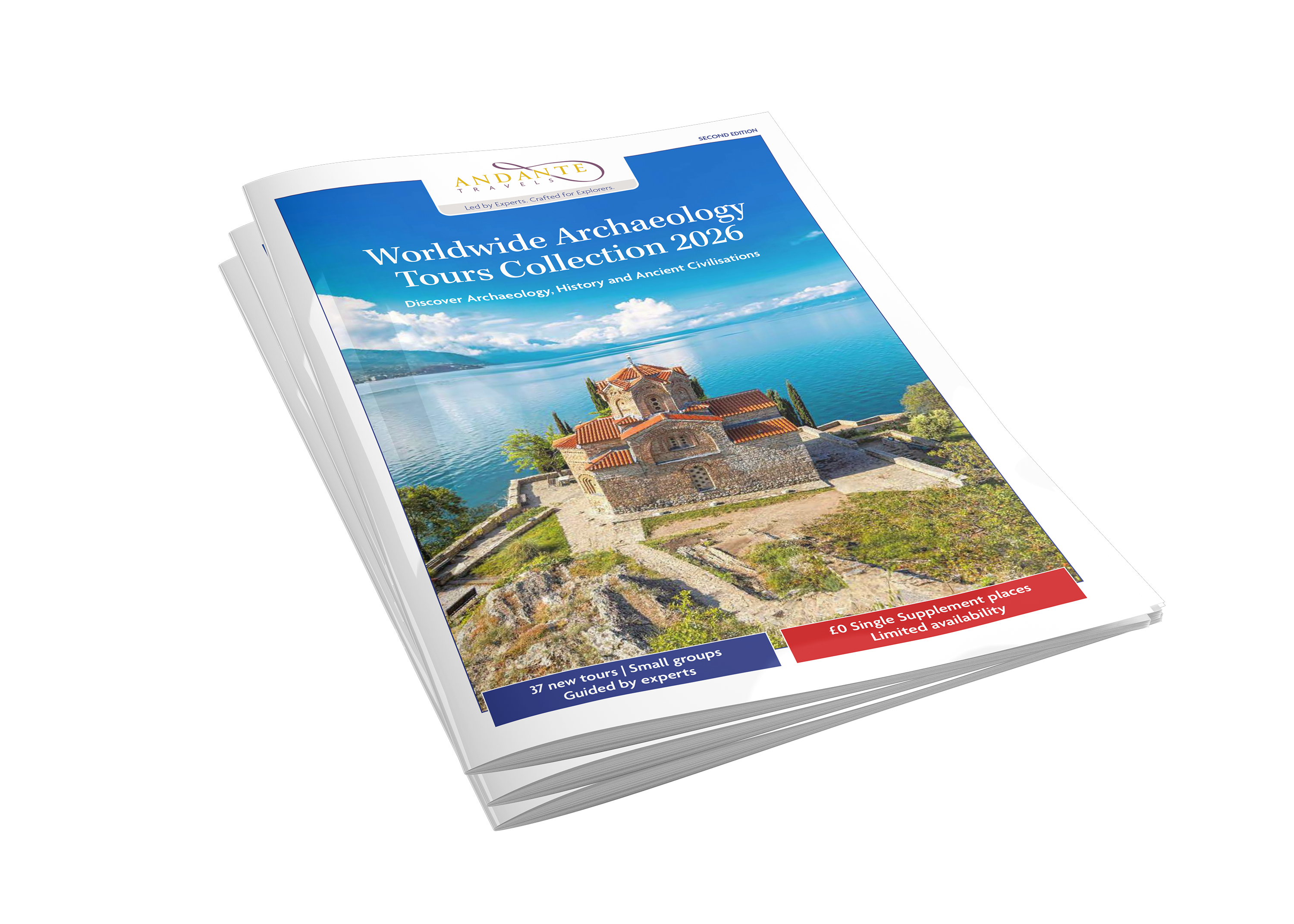10 Archaeology Sites For Your Bucket List
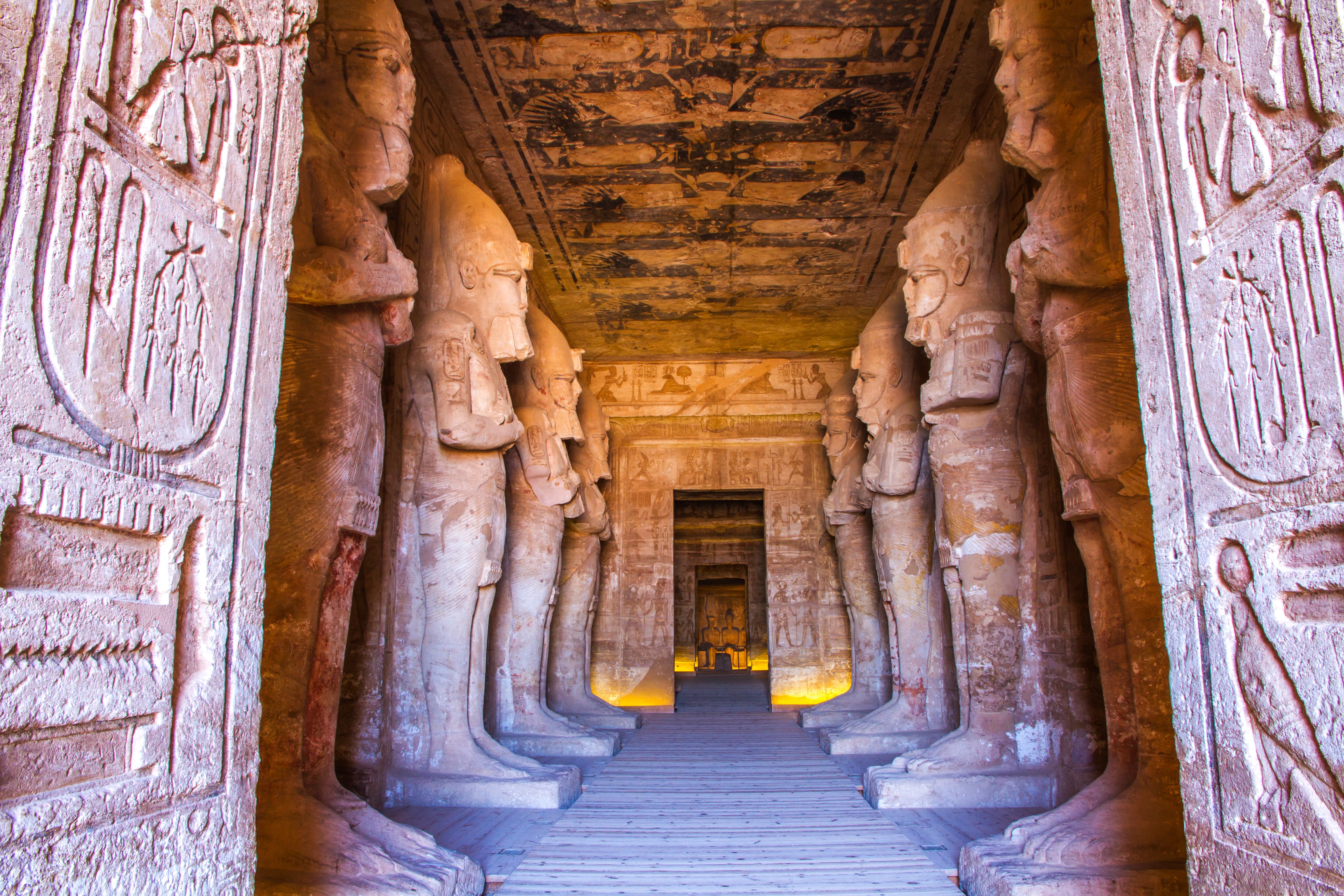
If visiting archaeological sites is high up on your holiday-to do list, you may already have a list that you wish to explore within your lifetime. Our wonderful world plays host to many incredible sites of historic and archaeological significance, both at home and overseas, and there are quite simply too many to mention. Whether you want to discover legendary remains or go off the beaten track in search of lesser-known ruins, our expert-led archaeology tours can take you there and, to help inspire your next adventure, we have rounded up 10 archaeology sites worthy of adding to your bucket list, all of which are included in our award-winning portfolio of escorted tours.
Timgad, Algeria
The text-book Roman town of Timgad is a site that should be at the top of anyone’s archaeological wish list. Here, the entire town’s layout survives, retaining its playing-card shape and strict grid of streets. The UNESCO World Heritage list of sites describes it as “an excellent example of Roman town planning,” and Trajan ordered its construction in AD 100 for veterans of the Third Legion Augusta. Timgad is situated around 35km east of the city of Batna and was inscribed as a World Heritage Site in 1982. The ruins to be discovered at this phenomenal site range from Trajan’s arch, the Capitoline Temple, a basilica, a library, and a Corinthian colonnade.
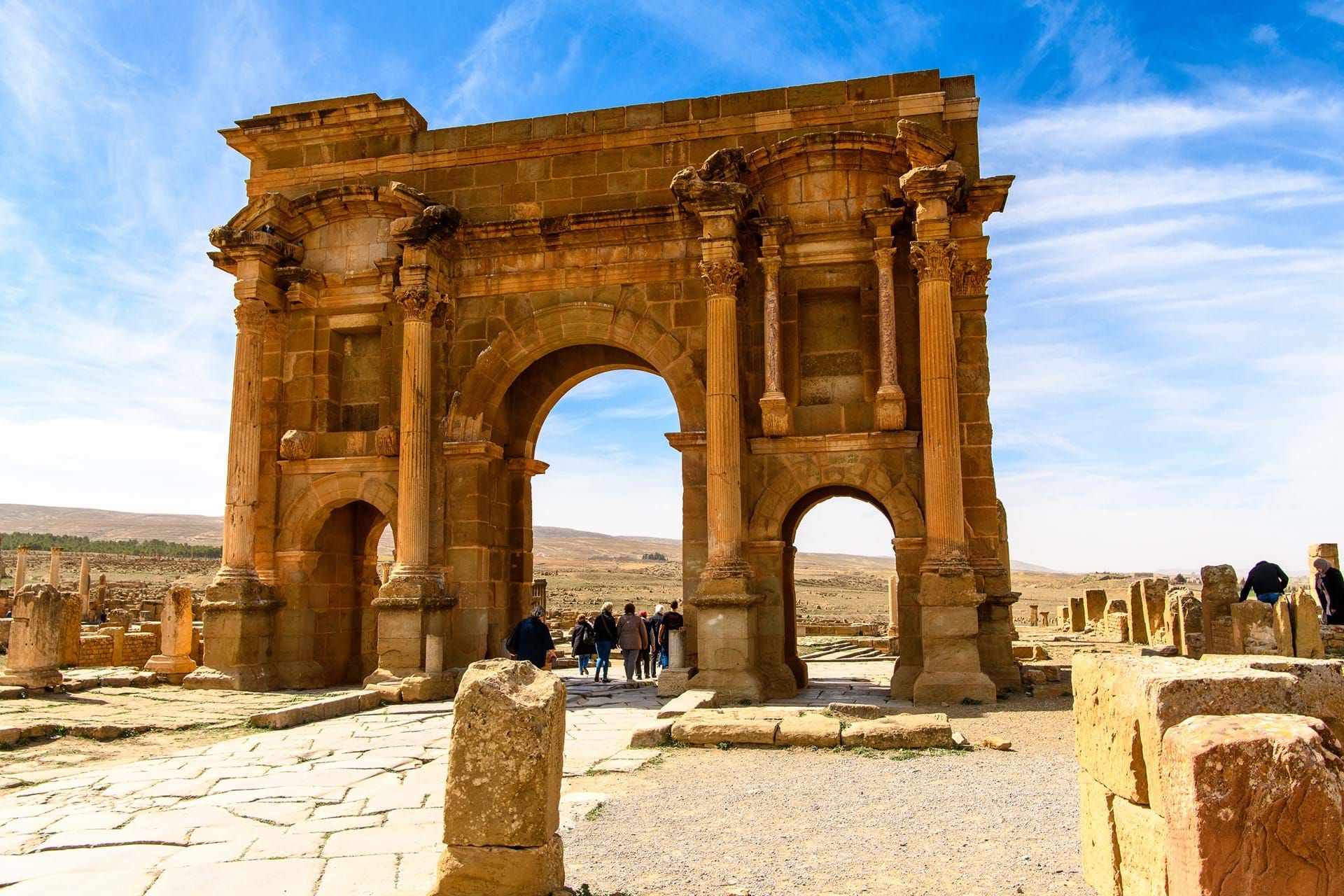
Troy, Turkey
A familiar name to many, Troy is a much-discussed archaeological site and ancient city. Embroiled in a 10-year war over the kidnapping of the world’s most beautiful woman – Helen – the story that surrounds this location is simply spellbinding. A tale revealed by Homer in his epic, The Iliad, Troy’s legacy has intrigued archaeologists and historians alike for years. Some argue that Troy itself was just a myth, while others have worked to prove its physical existence. In 1822, Hisarlik in Turkey was identified as the site of Homeric Troy by Charles Maclaren. Later, in 1870, Heinrich Schliemann undertook his own excavations and confirmed Maclaren’s beliefs.
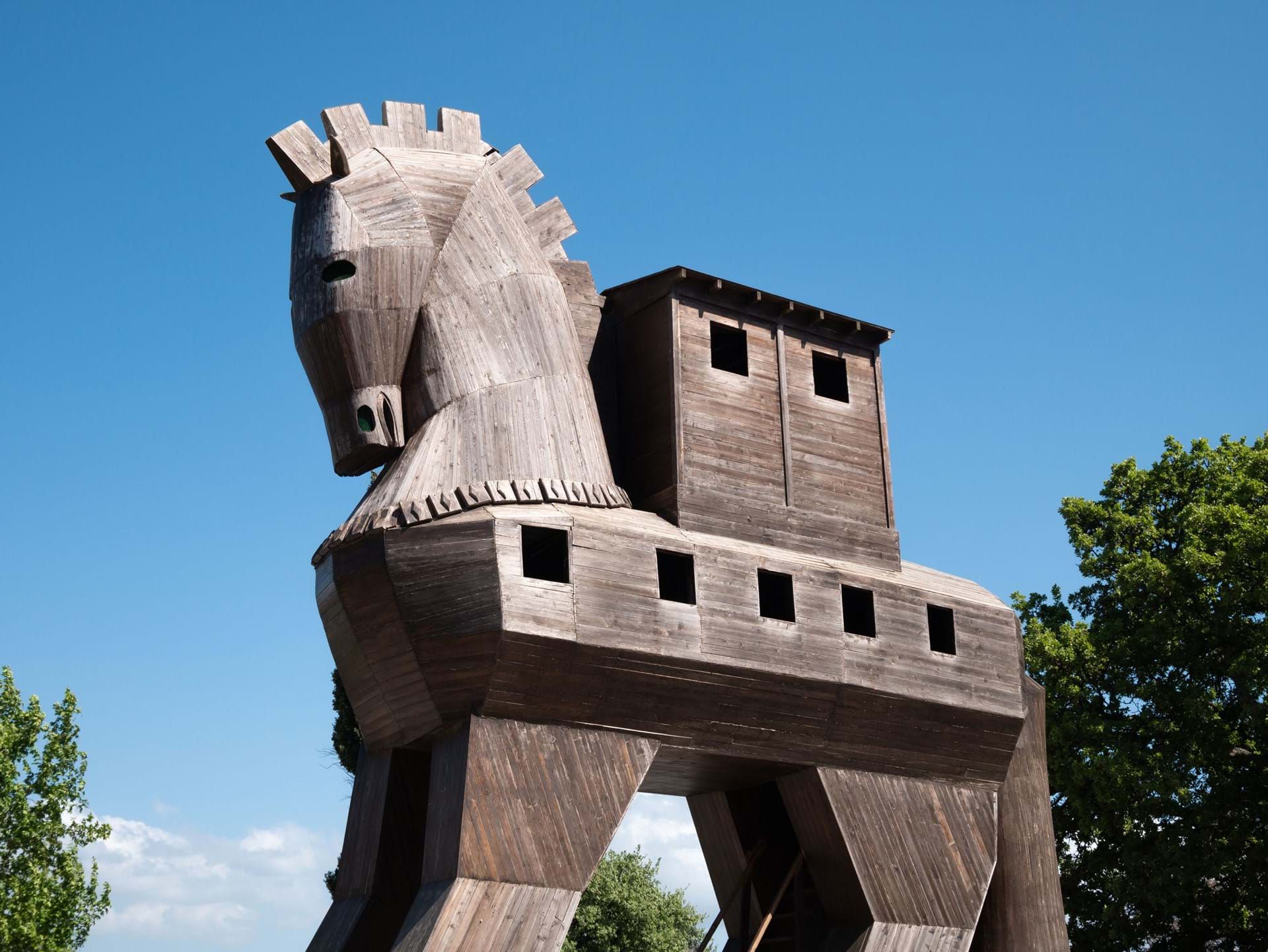
Sumela Monastery, Turkey
Not strictly an archaeological site, but one we would recommend you visit regardless, the Sumela Monastery is spectacularly built into a sheer cliff that peeps out from densely forested slopes plunging down to a tumbling brook. It was founded in AD 386 by Greek Orthodox monks and dedicated to the Virgin Mary, and it fell into the hands of different emperors as time passed. The monastery church itself boasts incredible frescoes. The monastery was hastily abandoned in 1923 following the population exchange between Greece and the newly founded Republic of Turkey. The complex is located at a height of 1,200 metres and it can be accessed on foot, ascending a narrow and long stairway. Our North Turkey tour pays a visit to this remarkable historic site.

Göbekli Tepe, Turkey
Inscribed by UNESCO as recently as 2018, Göbekli Tepe in Turkey’s southeast is a monumental early Neolithic site. Here, you’ll find a series of ‘temples’, comprised of relief-carved megaliths up to five metres tall, which have challenged the conventional view that only settled societies could produce such monumental architecture. Situated on top of a rounded hill in the anti-Taurus mountains a few miles north of Sanliurfa and the flatlands of Mesopotamia to the south, it was closed to the public for several years, but is now open and worthy of a place on anyone’s archaeological bucket list.
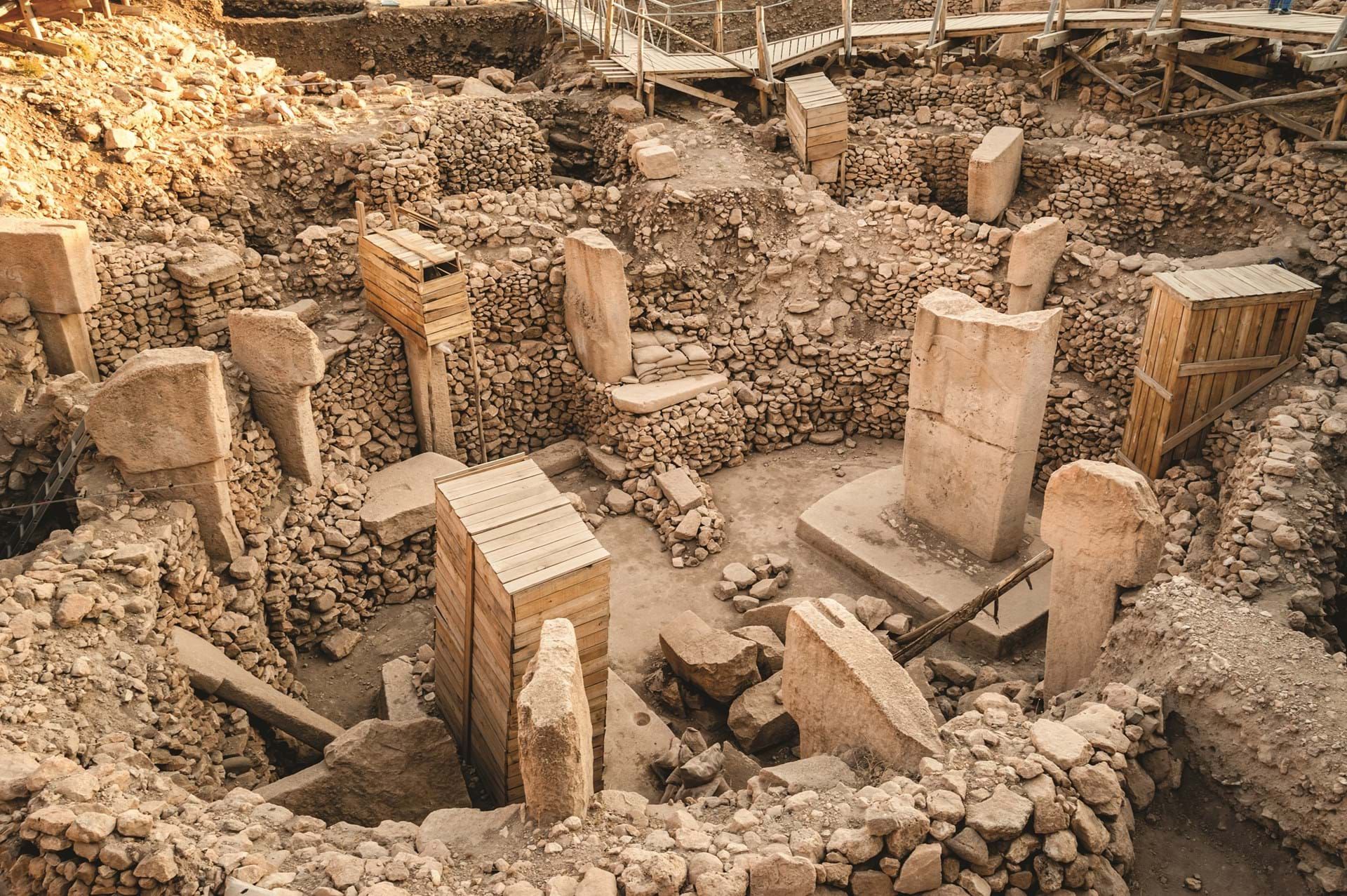
Gamzigrad, Serbia
A walled fortress villa built by Emperor Galerius in the late 3rd and early 4th centuries, which was known as Felix Romuliana. Set in rolling countryside, a walled enclosure once contained this majestic country palace, but its modern-day remains are just as impressive. Accompanied by temples and public spaces, this luxurious imperial palace also consists of basilicas, hot baths and a memorial complex. The latter is where the mausoleums of Galerius and his mother are located.
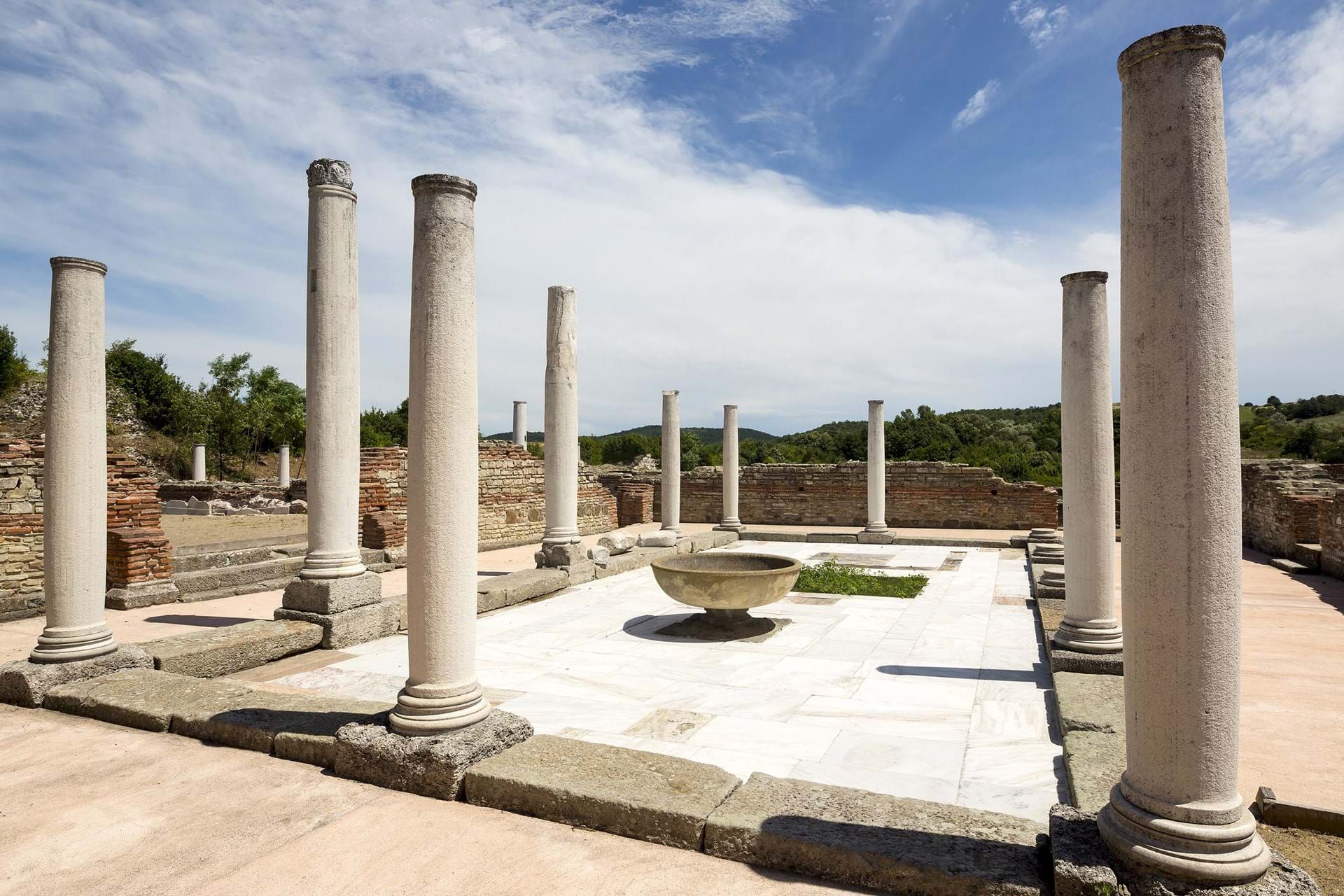
Selinus, Sicily
Even on an island laden with as many gems as Sicily, Selinus stands out for its rich archaeological remains. In addition to having a stunning array of Greek temples, Selinus has exceptionally interesting defensive structures and religious sanctuaries, including one to Zeus Meilichios which was active both in the city’s Greek and Punic periods. It is the fact that the site was inhabited both by Greek and Carthaginians which makes this arguable the most fascinating Sicilian site, as we can see how temples were reused and different domestic practices were introduced, including bathing as seen in Punic sites in Tunisia.
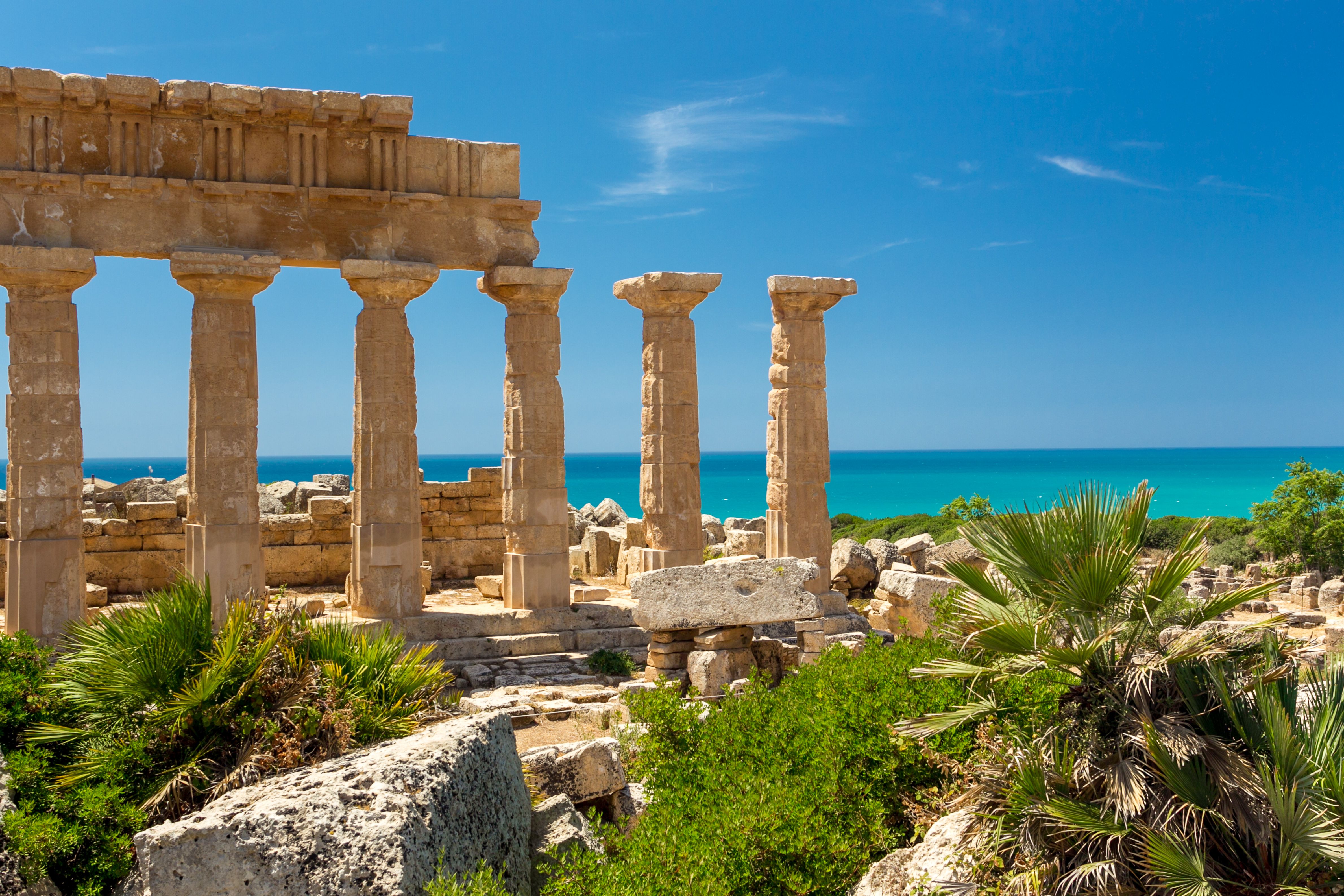
Akrotiri, Greece
Considered the ‘Pompeii of the Aegean’, the Minoan site of Akrotiri – located on the gorgeous island of Santorini in Greece – was destroyed by a catastrophic volcanic eruption in around 1500 BC and subsequently buried in ash, and this city has retained some impressively well-preserved houses. The drainage systems and complex buildings indicate a once prosperous society, with many successful trade links. Here, you can find the delightful ‘Fresco of the Monkeys’ and the ‘House of the Ladies’ with its striking central light well, and there are walkways throughout the site that enable you to wander among these incredible excavations along with a bioclimatic roof to cover it from the elements.
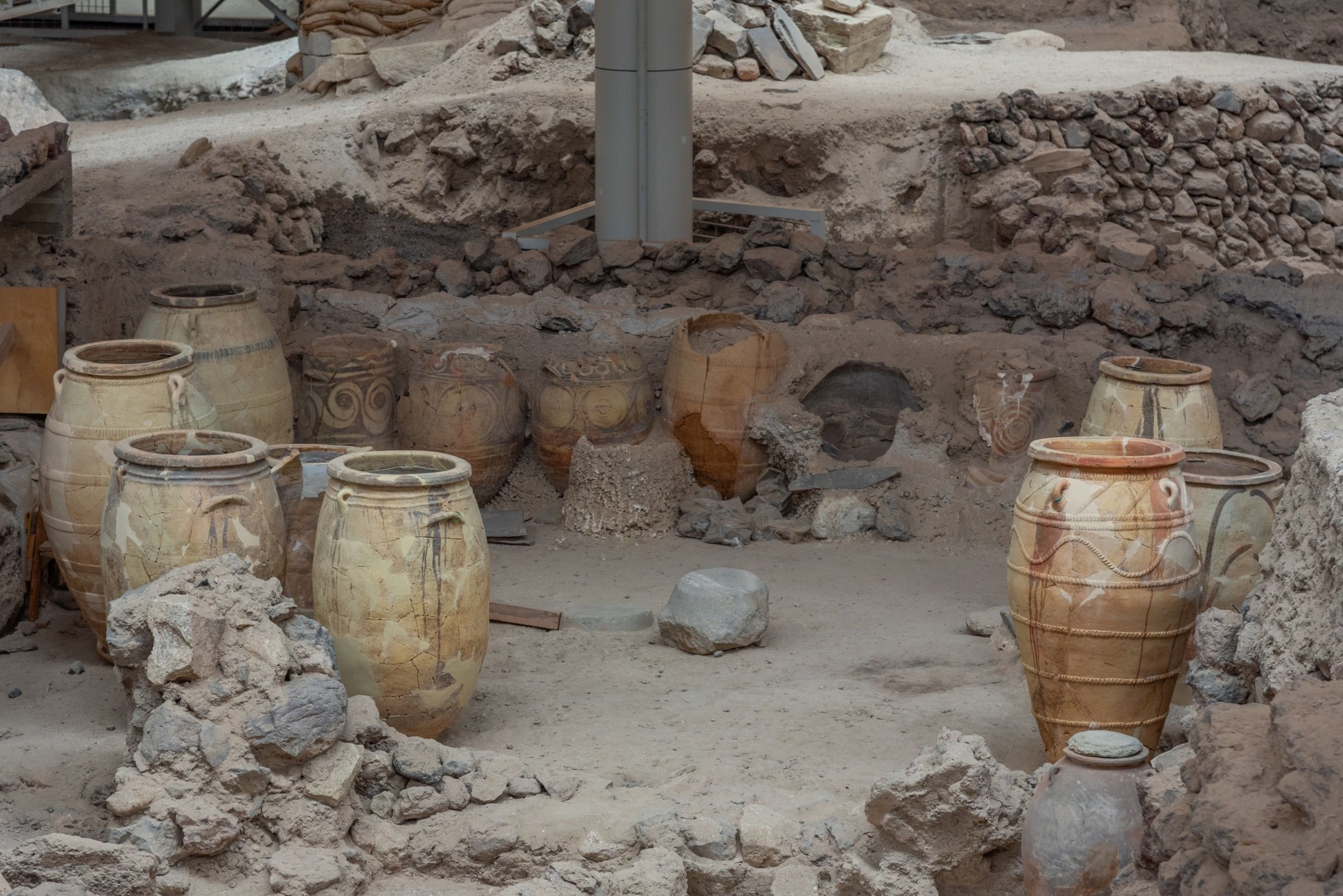
Abu Simbel, Egypt
Situated at the second cataract of the Nile River, the exquisite temple site of Abu Simbel in Egypt is an absolute must-visit. Miraculously rescued from Lake Nasser’s rising waters after the creation of the High Dam and rebuilt on the western bank, the two massive rock temples of Ramesses II and his favourite queen, Nefertari, were originally carved into the mountainside in 1244 BCE to honour the deified royal pair and to awe the Nubians. In an effort to prevent the temples’ destruction, UNESCO embarked on its first-ever collaborative international rescue effort. This later became the catalyst for a World Heritage list that would help protect and promote over a thousand significant cultural and natural sites around the globe.
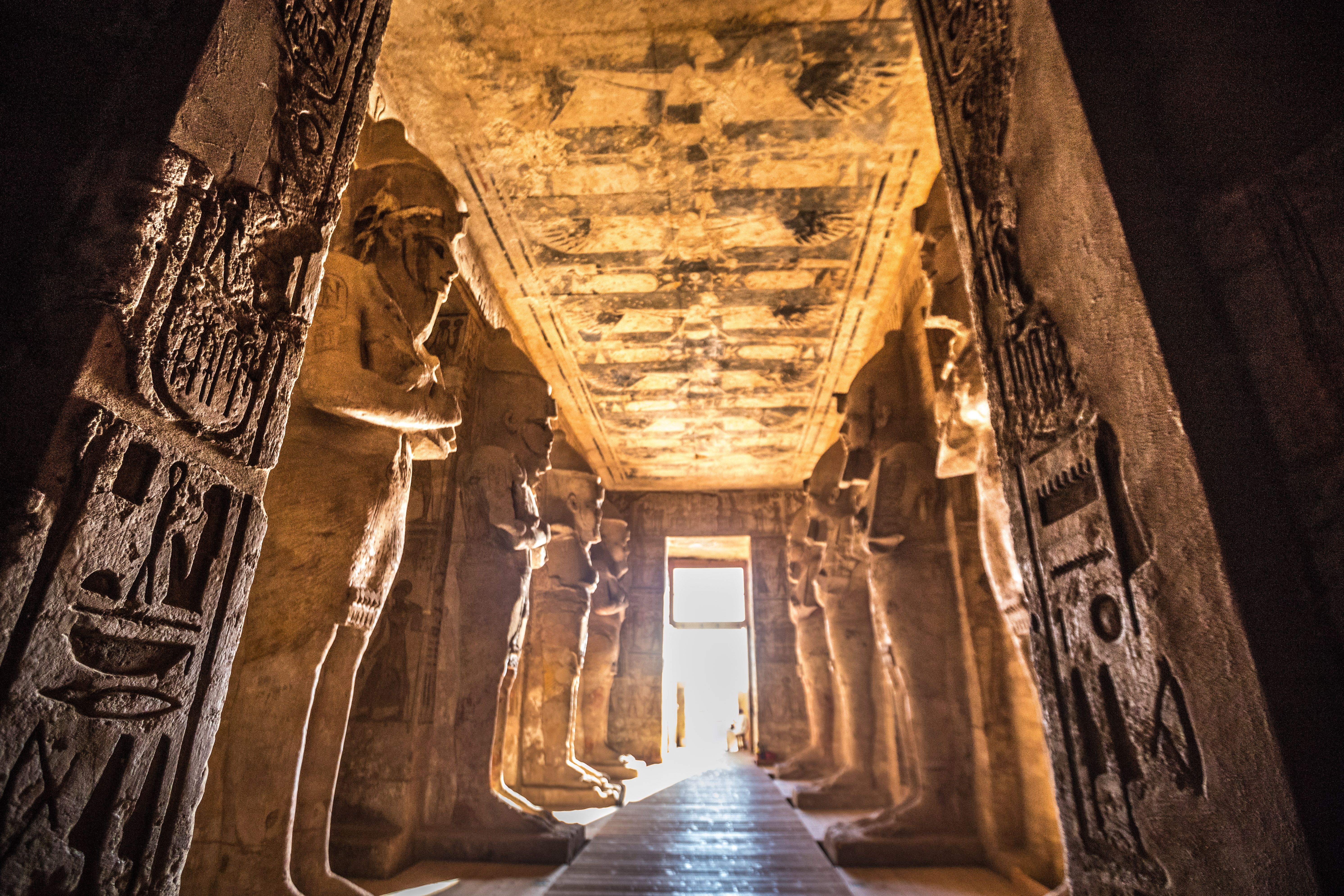
Palenque, Mexico
The mighty Maya temples in Palenque are beautifully positioned on the lower slopes of a range of jungle-clad hills and offer magnificent views across the floodplain of the Usumacinta River. The city itself possesses art and architecture of remarkable quality, most famously in the well-preserved palace complex and the Temple of the Inscriptions, where Palenque’s greatest king, Pacal, lies buried in a massive sarcophagus. Abundant hieroglyphic texts here have been crucial in piecing together the story of Palenque’s rulers, a dynasty that lasted from c. 430 to 800 AD.

Easter Island, Chile
One of the world’s most isolated locations, Easter Island is home to the enigmatic moai, the incredible monolithic figures carved by the Rapa Nui people. The island itself has numerous sites where moai can be found in situ, from the longest line of standing statues at Tongariki to the detailed carved figures of the royal platform of Ahu Nau Nau. Our tour also visits the quarry at Rano Raraku, where unfinished and abandoned moai statues await discovery. In 2022, the area around the Rano Raraku volcano was ravaged by a fire, which damaged and charred a number of these iconic figures, but UNESCO subsequently allocated almost $100,000 for assessment and repair.
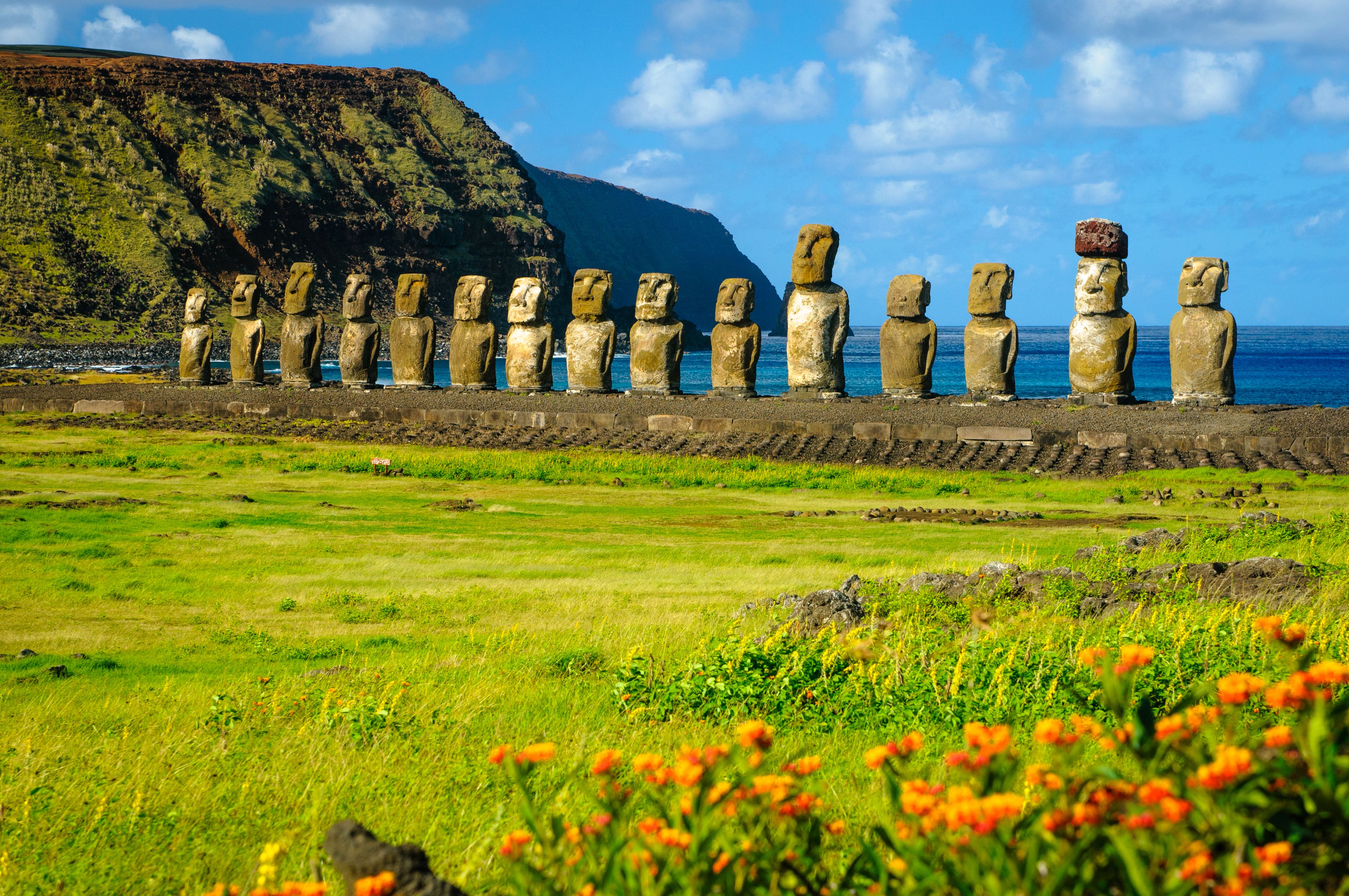
Archaeology Tours
NEWSLETTER
Opt-in to our email newsletter and hear about new offers first – view our privacy policy for details.
